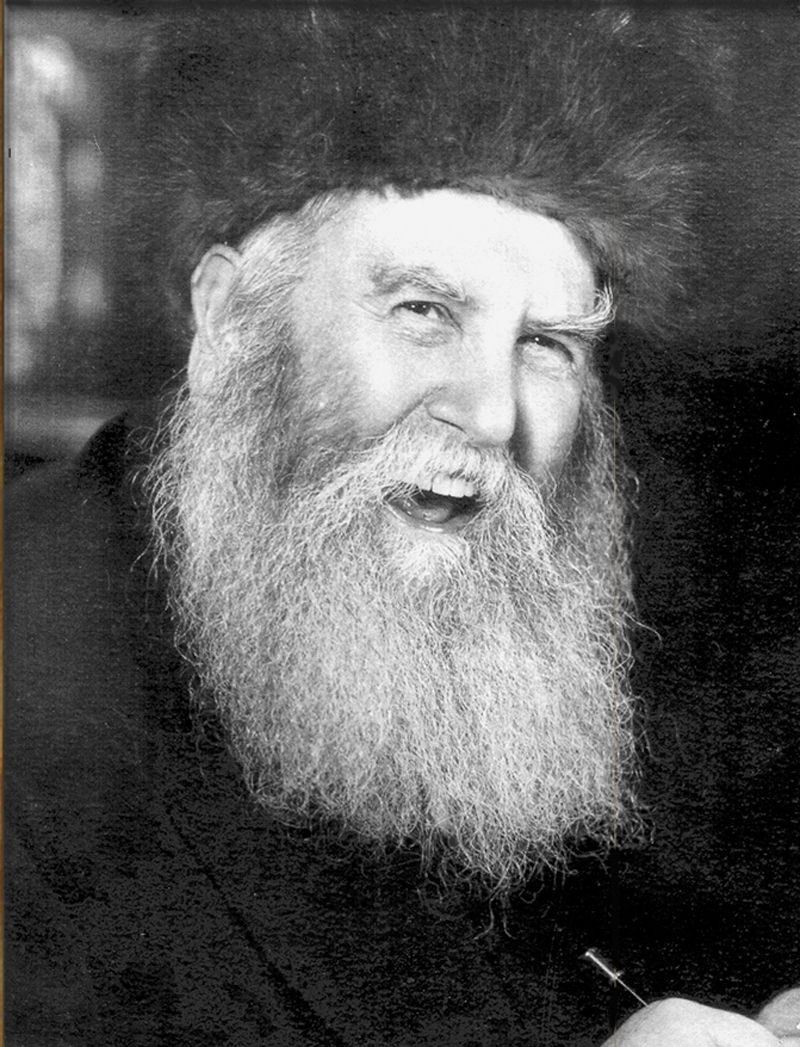Yud Beis / Yud Gimmel Tammuz and the True and Complete Redemption
- Excerpts from Parshas Chukas 5751 Adapted by
- Jul 24, 2016
- 3 min read
בס’’ד

The miraculous events which brought about the Frierdiker Rebbe’s release from prison are important for every Jew. The Rebbe said, “It was not myself alone that Hashem redeemed on the 12th of Tammuz, but also all those who cherish our Holy Torah, perform the Mitzvos, and even those who simply bear the name, ‘Jew.’” Here the Previous Rebbe reveals that he is the nasi, the leader of the generation, the leader of all the Jewish people, and by implication, so were the Lubavitcher Rabbeim before him and the Rebbe MhM after him.
What happens to the nasi has consequences for every Jew. The Frierdiker Rebbe’s fight against the forces that threatened to erase Torah and mitzvos can arouse the deepest will of every Jew to stand boldly against any enemy, within or without. As he said on Purim in the year 1927, just three months prior to his imprisonment, “Even if you see this body burning – send your children to religious schools!”
The Frierdiker Rebbe’s will nullified the forces that tried to destroy him. Additionally, as he states in his maamar, ‘Havayah Li Beozrai’, the same forces that tried to stop the Freirdiker Rebbe, in the end, became the agents for his redemption.
How does this apply to every single Jew? The lesson of the Frierdiker Rebbe’s fearless battle shows us the power of every single Jew to transform the world.
In Parshas Chukas 5751, the Rebbe speaks of two kinds of G-dliness,--G-dliness within the limits of Creation, and G-dliness above the limits of Creation. Unlimited G-dliness is the province of a Jew. Through adding and perfecting the Creation, the Jew draws down G-dliness beyond the confines of the physical world.
G-dliness within Creation is expressed by the number 7, the day the sicha was said, Shabbos. Also, the sicha was said on the 10th of Tammuz, based on the month determined by the Jewish people, the aspect of unlimited G-dliness. Both together, the “10” and the “7” add up to 17, “tov.”
This is the Shabbos that blessed the 17th of Tammuz, the following Shabbos.
G-dliness within the world is also expressed in the Written Torah. G-dliness higher than the world is the Oral Torah, what the Jew contributes to Creation. The Rebbe said that, except for Yom Kippur, there are no fasts prescribed in the Written Torah. The fast days came about through the rulings of our sages in the Oral Law. They establish “a day of will” toward Hashem. These fast days are destined to turn something undesirable into good.
The inner essence of the fasts is good, “tov.” Indeed, in the era of Redemption, these fasts will turn over to days of joy and happiness, revealing their inner dimension.
When the fast of the 17th of Tammuz falls on a Shabbos when fasting is forbidden, the inner good of the fast is openly revealed.
People eat and drink and enjoy all the pleasures of Shabbos. Shabbos in itself is a taste of the Redemption.
The 17th of Tammuz falls out on Shabbos this year as it did in the year 5751. In a footnote, the Rebbe Shlita says that there is a Chassidic adage that “when a fast is nullified by falling out on Shabbos, there is the potential that it be nullified entirely.”
The level of seven manifests in our seven emotional attributes (middos). The first day of Creation reflects the quality of kindness, the second, gevurah or restraint, until the seventh day, Shabbat, which reflects the quality of kingship (malchus). The level ten represents these seven with an additional three, transcendent faculties related to the intellect (mochin),--chochma, bina, and das (wisdom, understanding, and knowledge). When man initiates these three extra powers of the intellect into his service, a new perspective enters the consciousness. What appears negative on the outside transforms into it’s inner positive intention. Through the powers of intellect a Jew already begins the process of “all that is left is to open your eyes and greet Moshiach.”
The Red Heifer also expresses this combination of 7 and 10 through ratzu (10), represented by the fire that burns the red heifer and shov, represented by the water placed in a vessel. 7, Ratzu is the desire to transcend the limitations of this world (10), while shov Shov (7) represents our service in this world.
In Pirkei Avot it states, “There is no [ true] good other than Torah,” expressed by the Frierdiker Rebbe in his maamar “Baruch Hagomel.” Therefore, in discussing practical directives for these auspicious days, the Rebbe emphasizes that need to increase in a daily study of nigleh and Chassidus, or at least, in the quality of this study as well as an increase in tzedaka not just in deed but on the level of speech and thought as well.






























Comments